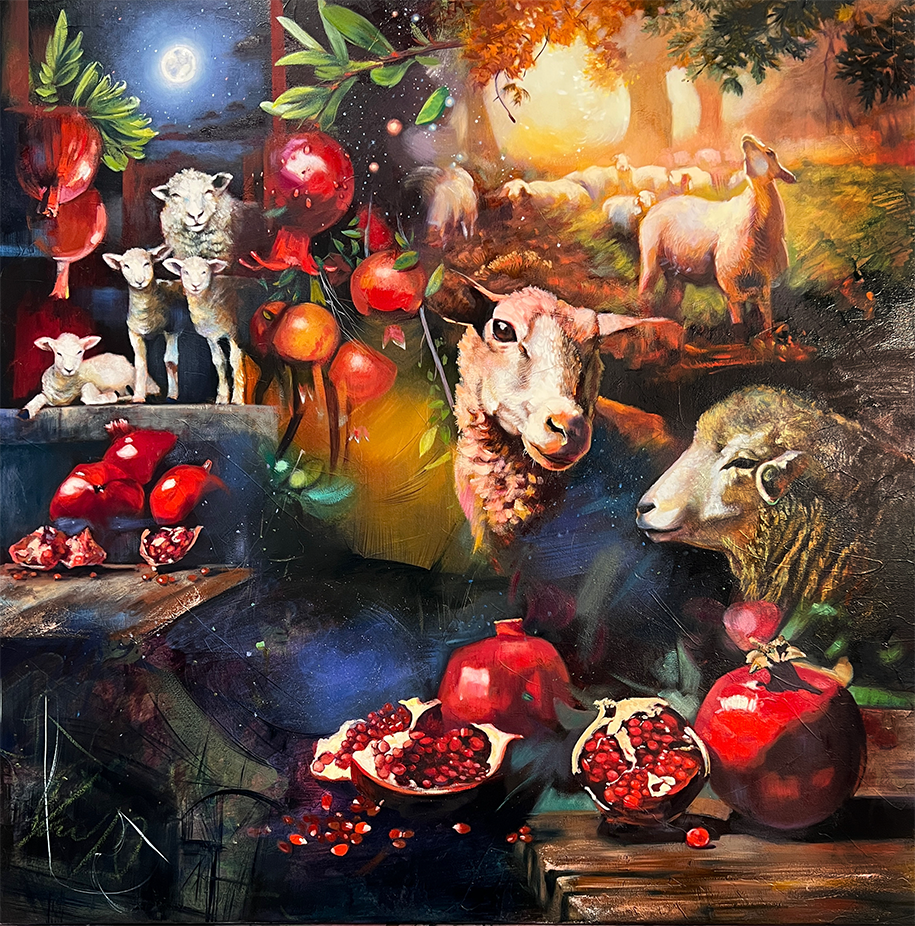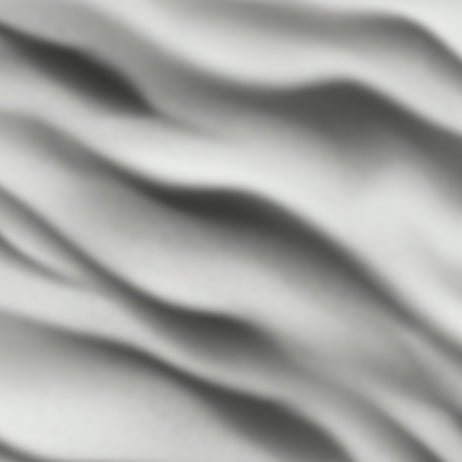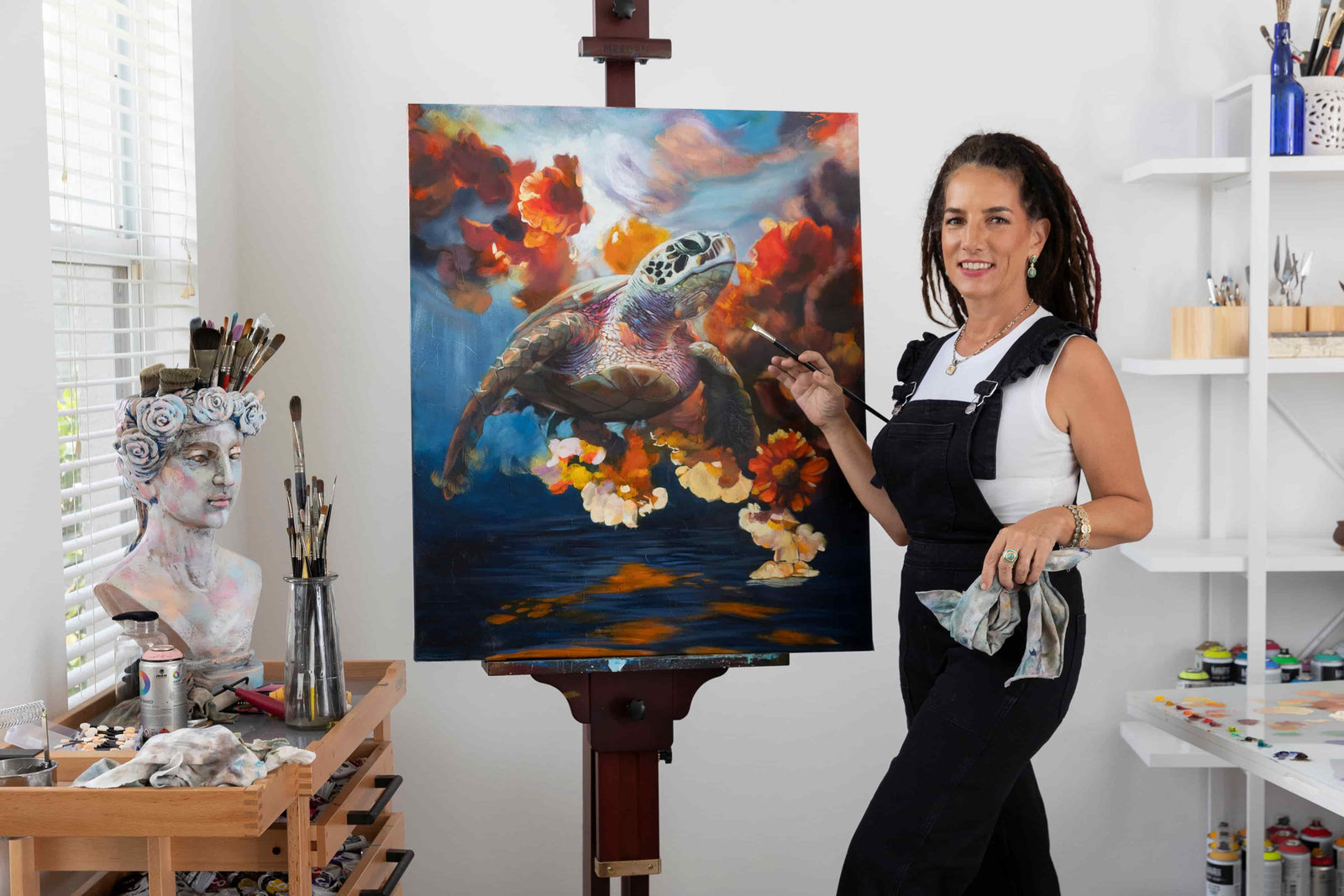The Seat of Beauty: Where Heaven Touches Earth

We are driving down Hunt Highway in Queen Creek, Arizona, and Dimitra, my oldest daughter, is five years old. She has recently become spiritually aware. John and I talk about God and pray with her before bed like most parents do, but she has an early fascination with all things spiritual. She describes angels to us, speaks about Jesus on her own, and constantly wants to paint, draw, and create. It’s early evening, and the sun is setting in a spectacular way as we head west down the highway.
Suddenly, Dimitra squeals, “Oh! God paints the colors!” as she points to the radiant Arizona sunset before us.
“Yes, that’s right, Dimitra,” I say.
“I paint the colors too, and Jesus lives in my heart,” she adds with confidence.
John and I are amazed. We haven’t talked to her about that and don’t know where she could have understood such a thing. But at just five years old, this was her declaration—and it has never changed.
Now at 25, she remains completely captivated by Beauty. The moment she encounters something beautiful, awe-inspiring, or even just remotely pretty, she becomes that utterly delighted five-year-old again. I love going anywhere new with her because she constantly exclaims how beautiful it all is, how amazing the food tastes, and she radiates genuine excitement over anything done with excellence.
A Builder of Worlds

As she grew up, her appetite to create was insatiable. She made little worlds—tiny drawings of animals and all the objects belonging to their imagined lives—meticulously cutting them out and taping them to her walls. Those walls became covered in animal families and their friends, the trees they lived in, and all the things they loved.
The little bunnies had dozens of individually cut carrots stuck on with tiny pieces of tape. The skunks had bathtubs and plenty of friends. Dimitra created world upon world, constantly. She influenced her friends and sisters to add to her worlds, and they spent hours drawing and creating together.
She began painting at age 10, joining every art class I taught. She threw herself into mixed media techniques and loved learning every process. But she hit a snag when it came to the oil painting classes focused on realism. She didn’t like them one bit. She avoided them, choosing only the “fun” mixed media classes.
By age 12, I encouraged her to try an oil class and learn realism. I told her, “Dimitra, the realism classes will help you truly understand form and why something is beautiful. If you want to create Beauty, you have to learn realism.
"Once you understand how to paint something exactly as it looks, then you can begin to interpret it and add your own expression. But if you don’t fully understand it, your interpretation won’t be that strong. Imagine a doctor trying to heal a body without even understanding basic anatomy.”
Hitting a Wall

She agreed to try and chose to paint her horse, Carmella, a white Paso Fino. At the midway point, when Carmella’s proportions were off, the color wasn’t quite right, and her mane looked cartoony, Dimitra started having a quiet meltdown at her easel in the corner of the room. When I came over, I could see she was crying and deeply frustrated.
“Carmella looks so ugly! I hate this. I can’t do it,” she whispered through tears.
“It’s okay, Dimitra,” I reassured her. “You have to paint bad before you can paint good. You will learn. Don’t worry. Just keep working on it, and it will turn around.” I showed her where her proportions were off and demonstrated how to paint the mane, shifting the planes instead of “drawing” each individual hair.
The class ended with many students frustrated by the so-called “ugly stage” of their paintings. I think it gave Dimitra a little comfort to know she wasn’t the only one struggling. I gave everyone a pep talk: “If you aren’t happy with your painting and think it looks ugly, don’t worry. Every painting goes through this stage. As soon as you start adding highlights, it will look much better. This is just the ugly stage—you just have to push through. In our next class, you’ll see things turn around, I promise.”
But Dimitra, so deeply calibrated toward Beauty, couldn’t bear to see something she made distorted and unattractive. In mixed media, she always found beauty—how ink bled into water, how colors melted into one another, how gold leaf shimmered across textures. She was mesmerized by beauty everywhere she turned. But oil painting, with its dark glazes and delayed gratification, was almost too traumatic for her.
Still, she pushed through. She came to the next class determined to turn her painting around. With fresh focus, she studied her photo source and carefully emulated the shapes of light and shadow. She added meticulous brushstrokes to describe the highlights, and the result was stunning. Her first oil painting of Carmella still astounds me today. How could a 12-year-old achieve something so remarkable in just one class?
Realism and Revelation

It was her commitment to Beauty. Her deep desire to “paint the colors like God did,” just as she declared at five years old. She cannot be unaligned with Beauty—it drives her, compels her, and offers her peace. Once she understood that she must intimately know something in order to truly reveal its beauty, she was hooked on realism.
For the next two years, she practiced oil painting relentlessly—rendering realism, studying form, articulating brushstrokes to speak structure and truth. Eventually, she began combining realism with abstraction, blending mixed media with oil, and found her voice.
Over the course of about 100 paintings, Dimitra found her Seat of Beauty. From the ether of heaven, she touched the blueprint of what would become her art and her legacy. Her unique aesthetic arrived like a thunderstorm, as the Raven whispered a new song and the Fox cried out for justice. Every soulful desire of her adolescence was captured within her brushstrokes. All her hopes and dreams became enshrined in the Beauty of her canvas.
Having experienced the power of creation—that miraculous moment when the invisible becomes visible—she fully committed to a life of creating realms of Beauty. She devoted herself to building a construct that would shape the future. She accepted her place in the Seat of Beauty.
Creating the Future

God is still looking for artists to build and shape the new world to come. Quantum physics tells us that energy exists before it forms, from quantum to subatomic to atomic to molecular. First, the painting exists as energy—that blissful desire wrapped in inspiration. Then it begins to form: pigment molecules held in a brush, released onto the canvas, taking shape, breathing light, and radiating life. It did not exist, and now it does.
God is calling artists to preside over the chaos from the Seat of Beauty—to take what is only hope, and make it reality. This is our calling as artists, to bring forth and make visible what exists in eternity, to form and co-create our future, where there will be no more death, weeping, or pain. We will make all things new, where the splendor of created light shall illuminate the nations.
What early fascination or quirky habit from your childhood do you now see as a seed of your creative voice?







Elli,
Thank you for sharing your heart & your family. As we all watch y’alls greatness on You tube & all your success, it’s heart warming that you share the struggles of your art past & even Dimirti’s struggles at the beginning. It’s pure revelation of growth & accomplishment by daily walking forward. Step by Step.. with Faith! What a witness of proven God given talents that are with in us all.
Today You & Dimitri are so amazing on You Tube videos & on the Milan app while painting & speaking & teaching & sharing your talents so confidently you would of never guessed either one of you ever struggled.
I honor your wisdom & your strength of pushing thru all of that to be here in this place, this moment & I’m so very grateful of your presence and all you give. Thank you just doesn’t seem enough to say..
Just know you are loved & your family & your mission are touching my life & oh so many lives in the world.
You & your family are truly are a Light & a beacon of Hope for all us!
🌼🦋~ Molly
———
Elli Milan Art replied:
Wow! Thank you Molly! This is so encouraging. Thank you for taking the time to generously share your heart with me. 🥰
What a lovely story portraying how GOD walks with us; calls and equips HIS people. As a mother of 3 grown children raising them with my husband of 37 years in the Christian faith. I am excited to be on this journey and finally graduate soon as i am in middle of my portfolio. I hope to connect with you all soon and would love to make plans to come for a visit and or participate in a graduation ceremony.
———
Elli Milan Art replied:
That’s awesome!! So close to finishing. Yes. Hope you make it out.
Five your olds are so insightful!
My daughter looked at the sunrise as we went to school and said, ‘doesn’t it make you think of Van Gogh!’
———
Elli Milan Art replied:
Wow! Amazing!
When I grew up I had a block of cuisonaire rods. Little wooden mathematical block tools. I always loved the word Crimson and I loved that colour and then the green etc. I have and still am driven by colour.
———
Elli Milan Art replied:
So interesting!
Elli, this installment was an emotional read for me—it brought back such vivid memories of my own childhood. I didn’t have art supplies at home, but I’d spend hours coloring with my friend across the road, completely caught up in that little world of color. I’d lose myself in the piano too, swept up in the music as I practiced. And ballet—though I never had lessons—I would run to my bedroom after watching it on TV and pretend I was the prima ballerina.
Reading your words reminded me that those weren’t just games or hobbies—they were seeds of the creative voice that has always been in me. Thank you for awakening that truth again. Much heartfelt appreciation, Chris xxx
———
Elli Milan Art replied:
Aww! Wow! That is profound!
Leave a comment